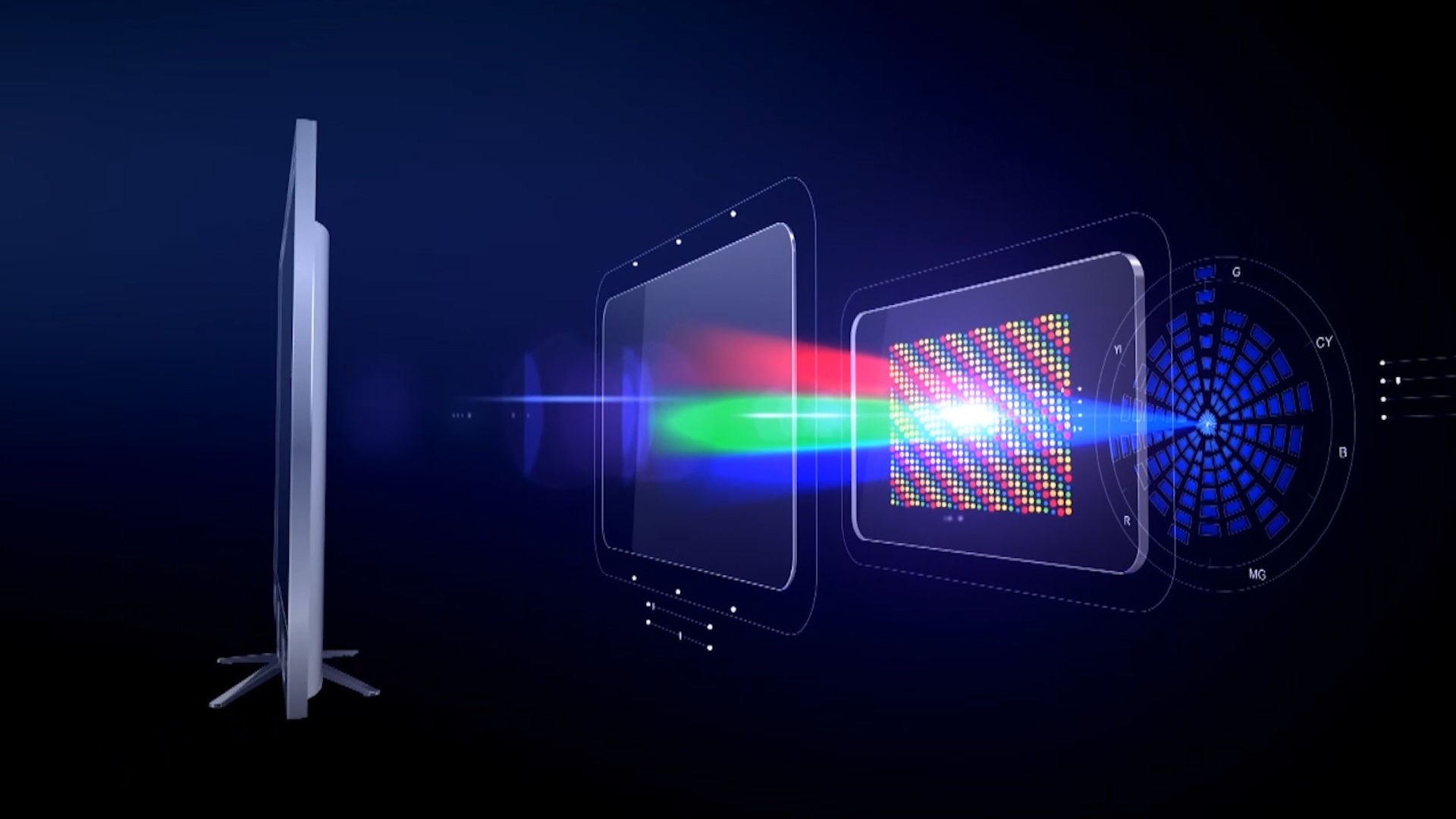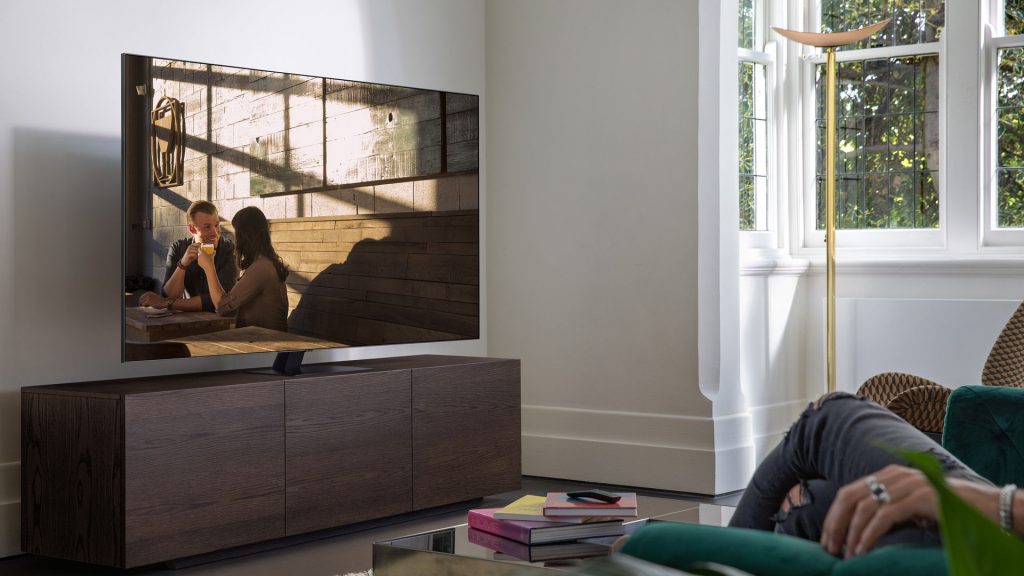Television sets with cathode ray tubes were a part of our lives in the second half of the last century, until they invented liquid crystal displays. About 10 years ago, it was replaced by another invention, such as LEDs (LED). And today, they too have been replaced by another type of display, such as ones with QLED technology. South Korean companies called Samsung Electronics and LG Electronics, Chinese TCL and Hisense, as well as Japanese Sony produce this technology. Nevertheless, it was Samsung developers who started to develop this technological idea first, and today, Samsung owns the QLED trademark as a result.
QLED: what is the technology behind the acronym
Quantum dot LED is a technology with microscopic artificial crystals that emit light with a precisely regulated colour value. They are composed of a semiconductor material using nanotechnology. One quantum point has a diameter of less than 15 atoms.
In former times, mediaeval artisans mixed gold chloride and silver with molten glass to create red and yellow shades in their magnificent stained glass windows, which can be seen in European churches. When light beams hit stained glass, the chloride nanoparticles react similarly to the quantum points, reflecting a spectrum of red and yellow shades.
During the development of QLED displays, this idea became the most relevant. These inorganic points increase brightness, improve contrast, and open a wide palette of shades. In comparison, organic OLED screens have a score of 67% or less.

The strengths and weaknesses of Quantum dot LED displays
The application of QLED technology significantly improves image quality without affecting the final cost of devices. The endurance screen provides users with maximum colour transmission, brightness and high quality, but does not consume much energy.
QLED displays have other benefits:
- a long work hours without being dim;
- eco-friendliness, which protection layers provide;
- high image clarity;
- support for formats such as 4К, 8К, HDR and AI Upscaling;
- additional anti-glare coverage.
Brightness is a parameter that is set automatically, so you can watch movies and TV shows in the light and in the dark with both comfort.
However, such TV screens do not support DTS sound format and cannot simulate 360-degree viewing because such devices can only be flat. Although the latter disadvantage is slight due to the different distribution of the luminous flux in different directions with the same power. This function extends the viewing angles.
Samsung engineers continue to develop QLED technology and they are improving additional options for their devices simultaneously. Therefore, they created devices without frames so that they could enhance the feeling of immersion, increase the amount of memory of the remote control and invent a wall-to-wall fastening system.

